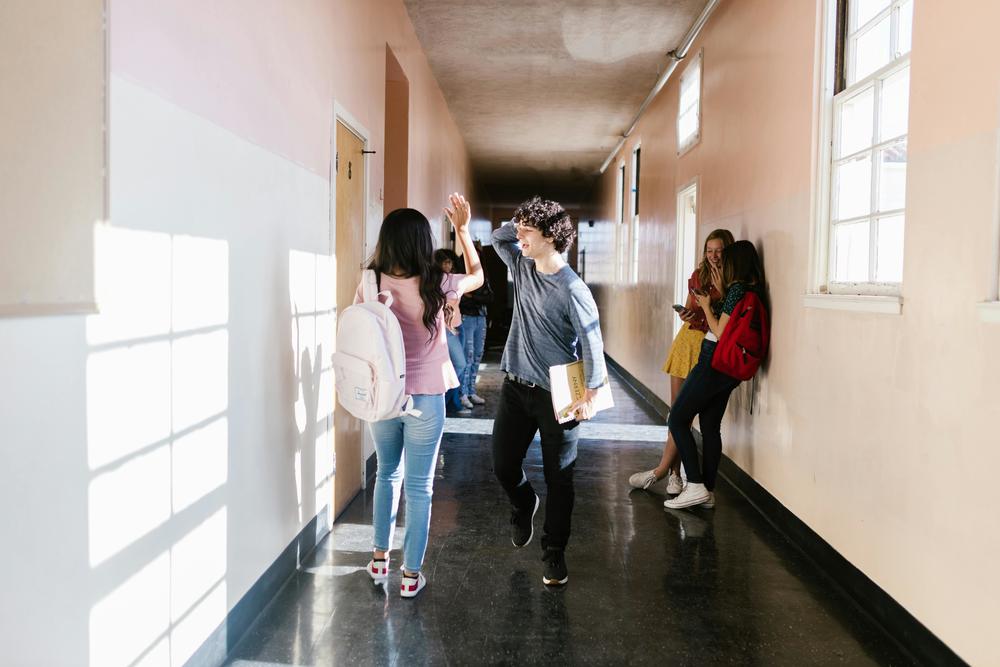
Section Branding
Header Content
Georgia House committee hears school safety legislation to protect schools from threats
Primary Content

On Tuesday, the Georgia House Committee on Education heard legislation that would help guarantee students' and schools' safety, health and well-being to prevent school tragedies before they occur.
The legislation comes months after the tragic shooting that happened in September at Apalachee High School in Winder, Ga., that took the lives of two students and two teachers.
State Rep. Holt Persinger (R-Winder), sponsor of the legislation, sent his condolences to the victims of the shooting ahead of presenting the legislation.
"While our hearts remain heavy, various agencies and members of this legislature have been collaborating to draft measures aimed at preventing such tragedies in the future with the goal of ensuring that all of Georgia's schools are safe places for learning and growth," he said.
House Bill 268 would codify the definition of a student's critical record as an education record containing at least the most recent 12-month period of the student's enrollment and, if less, the entirety of their time of enrollment.
The record will detail students' academic transcripts, attendance records and discipline records.
The legislation requires that a student's critical record be transferred to the receiving school system within five days.
"When the record is initially requested, this student is conditionally enrolled at the time the request is submitted," Persinger explained. "And if schools records are not provided within five days, that student either has the option to go under a screening assessment or would be conditionally enrolled in remote learning until such time that the records are received from the receiving school."
Under the legislation, the local Board of Education will be able to give parents or legal guardians electronic access to their children's education records through requests and the option to dispute any inaccuracies in records.
Persinger explained that another large component of the bill will create a multidisciplinary process "to identify, access, and mitigate potential threats while supporting the safety and well-being of students."
"This is where GEMA and Homeland Security come in to create the Student Safety database we're calling S3 database, where it will collect, integrate, and analyze data related to student behaviors that may pose threats," he said. "It will also help local school systems make informed decisions about threats and coordinate intervention services for at-risk students."
The multidisciplinary process will create behavioral threat management and operational processes and help schools without threat management teams create assessment teams within their school systems.
In addition, the penalty for threatening a school would be increased to a terroristic threat level.
The last major portion of the bill creates qualified mental health coordinators for schools and grants for local school systems to hire coordinators.
"They'd be employed at the school level, and they would help local school systems identify and facilitate interventions with students who are at risk for mental health concerns," Persinger said. "So they would be the front line along with the threat assessment team to identify those students' needs and help get them the services they need before it would escalate to like the situation we had in Apalachee."
The Department of Behavioral Health would help create guidelines about who can qualify as coordinators and use the population per school system to determine the number of coordinators available in each school system.
Deputy Director of Homeland Security Linda Criblez at GEMA said the agency aims to create a system to prevent events like Apalachee from happening again.
"These kind of mass casualty events — school shootings — have been happening in our country for 20-plus years and after every single one of them happens, the media comes in reports the same conclusion again and again," she said. "And that conclusion is that the perpetrator of that action displayed signs that they were on a pathway to violence and had observable behaviors that, if they had been captured and collected analyzed and acted upon, there was a possibility of prevention.
"It's not a guarantee, but there's a possibility. And as written in this legislation, it's really a prevention-based model to try to provide positive interventions to at-risk students before they cause harm to themselves or others."

